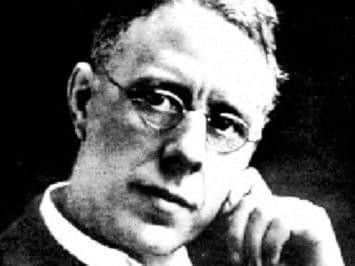Why has this Sheffield building been named one of the 100 most important places in Britain?


The Brown Firth Laboratories at Attercliffe have been chosen by acclaimed professor Robert Winston in the rundown of historic sites across the country which have helped shape the nation.
The Sheffield laboratory has been named as one of top ten science and discovery places in the A History of England in 100 Places campaign.
Advertisement
Hide AdAdvertisement
Hide AdIt was where scientist Harry Brearley accidentally discovered stainless steel which helped put Sheffield on the map and the creation of a product which has gained countless uses across the globe.


The list also includes the home of time, Greenwich as well as places such as Bletchley Park and Jodrell Bank.
Historic England’s campaign saw the Brown Firth building - now the English Pewter Company - chosen from a long list of public nominations by Prof. Winston to represent England’s remarkable scientific past
A brand new podcast hosted by well-known TV and radio presenter Emma Barnett explores the 10 selected places and how they’ve changed the world.
Advertisement
Hide AdAdvertisement
Hide AdThe year-long campaign aims to find the 100 places which best tell England’s remarkable story and its impact on the world.


Mr Brearley created stainless steel in 1913 when he incorporated chromium into steel.
The invention of a non-corroding steel revolutionised manufacturing worldwide - not only is stainless steel cutlery used by people around the world every day, but Brearley’s invention was also important for how buildings were constructed.
The metal trade has been alive in Sheffield since the Middle Ages and by the 18th century, Sheffield was the nation’s principal producer of different types of steel. The invention of stainless steel, a lucky accident, remains perhaps Sheffield’s most important contribution to the industry.